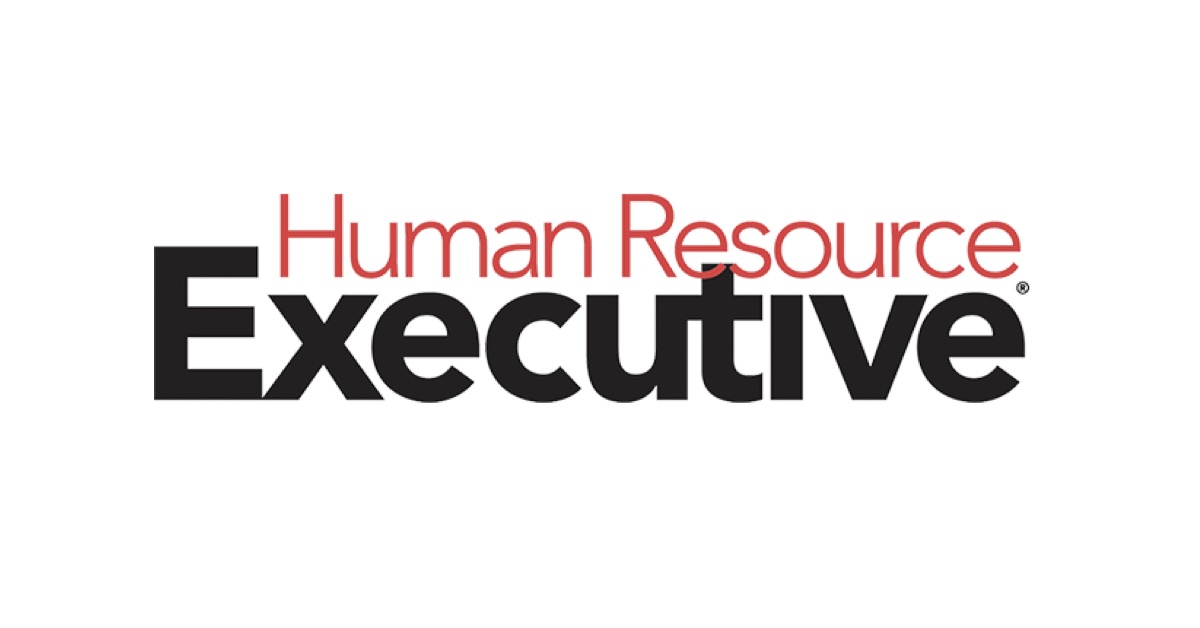It is becoming ever more apparent that employees are the most valuable asset to any workplace. In order for an organization to be successful, it must be able to attract and retain top talent. If an organization is constantly battling turnover and attrition, it will be extremely difficult to achieve growth and profitability. If you want your organization to thrive, you must foster a healthy workplace culture that deftly handles tough issues as well as weaving in positivity and rewards. One of the most important ways to do this is through developing and implementing a successful employee experience strategy.
What is an employee experience strategy?
Employee experience refers to the way employees perceive their workplace, co-workers, and leaders. An employee experience strategy is a plan for how your company will support the employee experience to drive engagement, productivity and retention. It’s a way to create a better environment within your organization as a whole. When developing your employee experience strategy, the questions you should be asking yourself may include: Do you have a robust culture where employees enjoy working with their colleagues? Is your work environment safe, healthy and inclusive? Do your team members have the tools and technology they require to do their jobs effectively? Do employees feel that their voices are heard, and are issues addressed candidly and with transparency?
In order to create a successful employee experience strategy, let’s first dive deeper into employee experience. It is the journey of employees at every stage of their employment—from attracting them to your company, to onboarding and training, getting them up-to-speed on day one (and then keeping them there), helping them grow professionally and personally within your organization, and conducting exit interviews if/when they leave. Many companies map their “customer touch points” to create a great customer experience, and this is the same idea. All these experiences impact both how long employees stay with you and whether they will recommend working for you to others.
If you don’t already have an employee experience strategy, you may be asking yourself why you need one now. If it’s not broken, no need to fix it, right? However, employee engagement is crucial as it is a key factor in employee retention and productivity. Having high levels of employee engagement also creates a culture that’s focused on collaboration and transparency between teams – this is especially important for organizations that have remote employees or work in multiple locations around the world!
Evaluating the Employee Journey
To understand the employee journey, think of it as a business strategy. Take a holistic approach as employee engagement is a continuous process. You may want to start by asking your people leaders from different departments to weigh in on current affairs and how performance is measuring up to expectations. It is important to build into your organization opportunities for managers to check in with their subordinates to make sure employees are fulfilled and engaged throughout the year—not just during annual review periods—and then make any necessary changes by adjusting policies or procedures accordingly. Taking action shows employees that their voices are being heard and their concerns are truly being taken into careful consideration.
Retain Talent Through Employee Engagement
The best way to ensure your business doesn’t lose its talent is to foster a workplace culture in which employees feel valued, respected and motivated by their work. This can be achieved through establishing strong lines of communication between management and staff, creating an environment where people feel comfortable raising concerns, using performance reviews as an opportunity for feedback rather than criticism and rewarding outstanding work regularly rather than saving praise until annual reviews. This also involves understanding what motivates people at work, which can include:
- Recognition – Employees want to feel like they’re making an impact and their contributions are valued by their organization. If you don’t have any kind of formal recognition program in place, it may be time to start one!
- Benefits – While many employers provide benefits such as health insurance and retirement savings plans, some companies offer additional perks like stock options or paid sabbaticals after five years tenure at the company. These incentives can help keep employees engaged with their jobs by providing them with a better work-life balance.
- Career development opportunities – Workplace culture isn’t just about having fun; it’s also about feeling like there are real opportunities for career growth within your organization’s structure. How many ways does someone on your team have access to professional development? Are employees asking for more training in certain areas?
Essentially, people need to feel like they are part of something bigger than themselves in order to have a desire to belong to something in a meaningful way. When employees feel connected to and valued by their workplace, they will tend to go the extra mile and put in extra effort to meet and exceed expectations. This is achieved by having a strong workplace culture. Having a strong culture that is visible from the outside – think social media- will also help attract new talent too!
There are endless ways for workplaces to integrate their unique cultures into their overall employee experiences. What works for some companies may not work for others, but what is important is to align your business strategy to the culture needed to support it, and then make sure the culture is reflected consistently in every employee touchpoint with the company- in good times and in tough ones.
Building a Successful Employee Experience Strategy
The idea of having an employee experience strategy may sound like a good idea, but going about developing one may still seem daunting. In order to build a successful employee experience strategy, it is important to consider all angles of your organization. Be sure to build employee feedback into your process and provide opportunities for input. Your employees have valuable insight into how to improve the overall health of your company culture. Don’t be afraid to ask them what they think is working, where there are holes in the process, and what could be done better to make work more enjoyable for everyone involved. Consider conducting an anonymous survey or poll among employees to gain a better idea of where you need improvement as an organization and address those areas that need attention first before moving forward with additional changes. This will help you identify weak points.
The most important thing to remember, however, is that the difference between good and great employee experience strategies is how issues are handled when they arrive. You can have a fun culture full of free lunches, great benefits, and lively happy hours, but if an issue arises and it is not handled properly, things can fester. For example, if an employee needs to take a leave of absence and is afraid it will impact their career, this is not indicative of a healthy employee experience. If someone wants to report a policy violation, are they afraid of retaliation or do they feel they can voice their concerns in a safe environment? If someone loses focus on work and is put on a performance plan, does it mean their career will take a hit, or will they be able to rebound with proper support from management? Will the subject of an investigation be treated fairly? These delicate situations are the ones that matter most.
Anyone can be content when times are good, but when things go downhill, what is the plan? How companies handle these “moments that matter” is what truly defines their employee experience. If these matters are handled with respect and trust, it will actually bond employees to an organization even more than having free kombucha on tap. We have all had an issue with a company as a customer before, whether a restaurant got your order wrong, or the house painters you paid never showed up to finish the job, we become loyal customers when companies go above and beyond to make things right. Employee experience works the same way. Many workplaces would rather sweep these tough moments under the rug because it can be hard to take that look in the mirror, but to create a holistic employee experience strategy, it is crucial to consider how you handle the good moments as well as the bad. This is what will build a loyal, healthy employee-employer relationship and keep people around.
How Can Purpose-Built Software Help Build Your Employee Experience Strategy?
Once you have created your employee experience strategy, next comes implementing it. This can be more difficult than it seems. An employee experience strategy is not a “set it and forget it” policy. Employee experience strategies will need to be ever evolving and dynamic in order to keep up with the changing environment of the workplace. It can be difficult to navigate this task, but tools such as case management, managER and Speakfully powered by HR Acuity, an anonymous reporting software, can help you keep a pulse on your organization. By giving people leaders and managers the tools they need to proactively handle issues, and by empowering employees to have their voice heard, you’ll get a full-spectrum picture of what is working and what needs to change within your organization to create the best employee experience strategy possible. To see what our software can do for your business, be sure to book a demo today.




